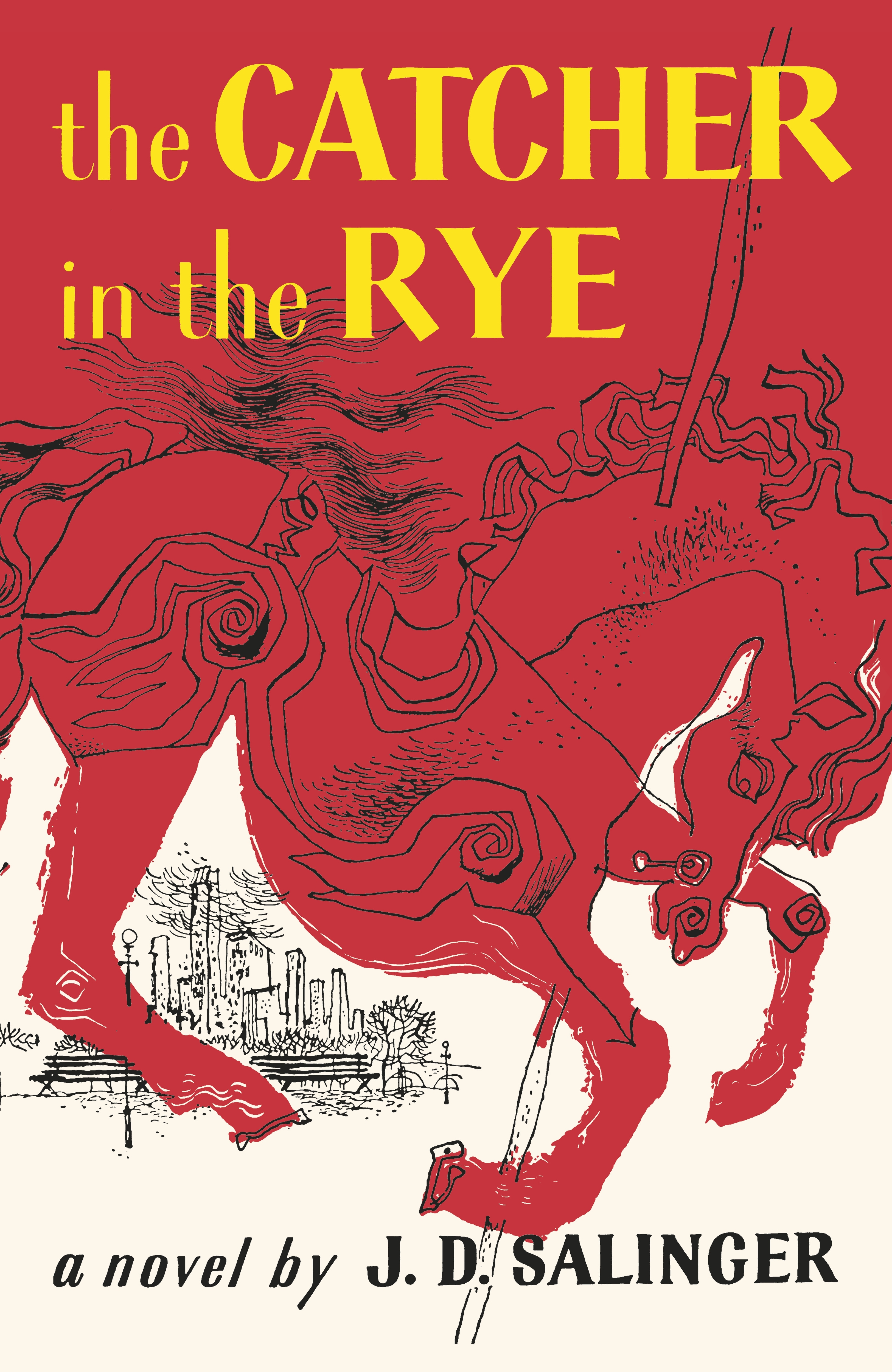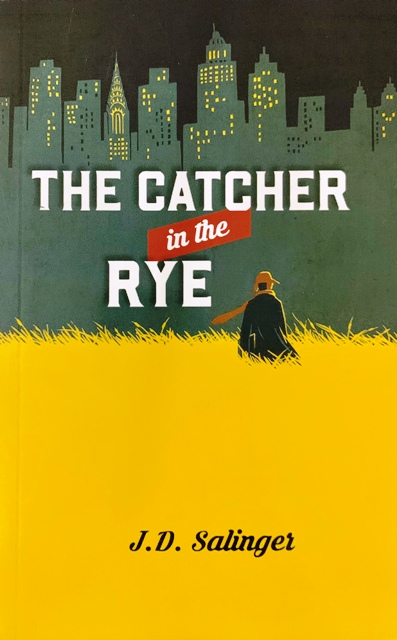

At most, negociated by the publisher, but I believe an author should have a veto on the cover (of course, a publisher also has a veto on publishing it or not!) The explicit request of the author should be respected. Identifiyng with the main character (whether you like him or not) invariably leads to a vague visual likeness to yourself which could be disrupted by an explicit portrait.ģ. psychological story, not visual, and that's the way I want to remember it as my 'personal' reading experience with my own memories of it.Ģ. Together with the author's wishes, that gives three major reasons for a plain cover.ġ. I vagely 'remember' Holden with a face not unlike my own.īut I mainly remember the atmosphere of the book, or rather, the line of thinking of Holden, even though I hardly remember the facts of the book. It's a psychological story, not a visual one.

I read the book at school (dze inglisj claz). Quote from "The Paperback Art of James Avati" by Piet Schreuders, link. (Added later: The plain red cover won 87 percent of the voting with 178 votes, compared with 25 votes for the Avati cover.) Which cover do you prefer? Please vote in the poll. Within reasonable limits it has proved true that physical characteristics are of much less importance than reactions expressed." Salinger was born in New York City on January 1. Through circumstances that tend to preclude adult, secondhand description, he leaves his prep school in Pennsylvania and goes underground in New York City for three days. We try to find a way of conveying the mood of the book rather than describing some particular scene. The hero-narrator of The Catcher in the Rye is an ancient child of sixteen, a native New Yorker named Holden Caufield. It is, in fact, quite frequently the core of our cover thinking, to the extent that it is the resolution of personality as expressed by some graphic device that makes up the cover. Salinger felt that since he had not described Holden in physical detail his face sould not appear on the cover. Salinger was against showing Holden Caulfield on the cover of the book.Īfter some tense meetings, Avati won over the editors, arguing: Upon its publication, there was a public backlash. Every year around one million copies of the novel are sold, totally around 65 million since its publication.
THE CATCHER IN THE RYE BOOK COVER SERIAL
Prior to that, it was partially released in serial form from 1945-46. ‘The Catcher in the Rye’ was originally published as a novel in 1951. But its first paperback edition went through 27 printings with a cover by James Avati. The Catcher in the Rye Historical Context. Many of us remember the novel from its plain red cover (right). He's suing to block the publication of an unauthorized sequel to his 1951 novel The Catcher in the Rye.


 0 kommentar(er)
0 kommentar(er)
